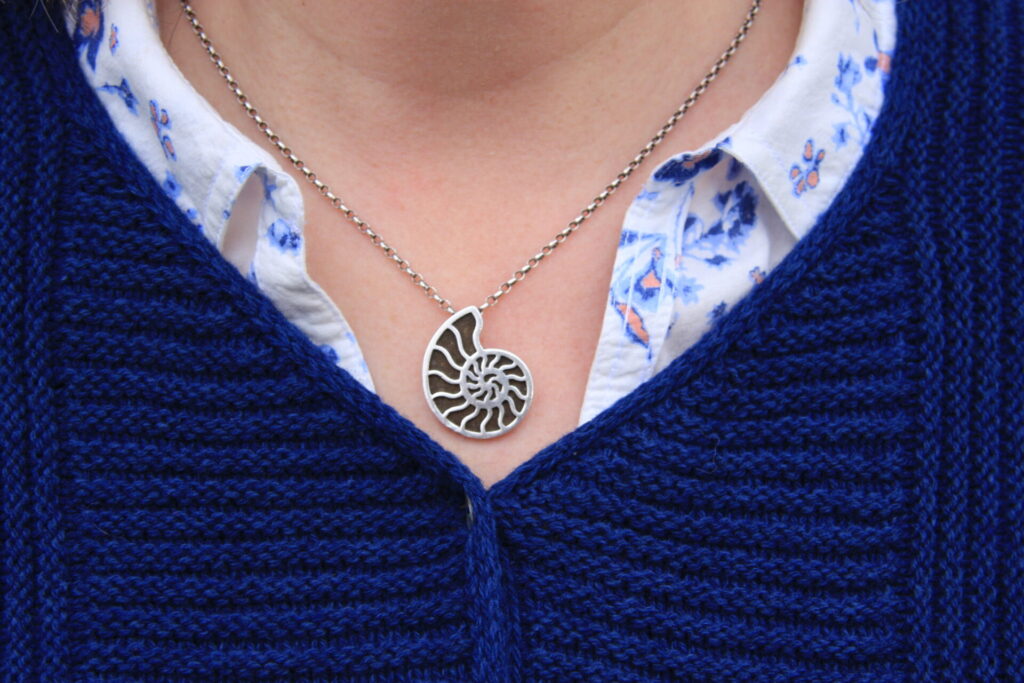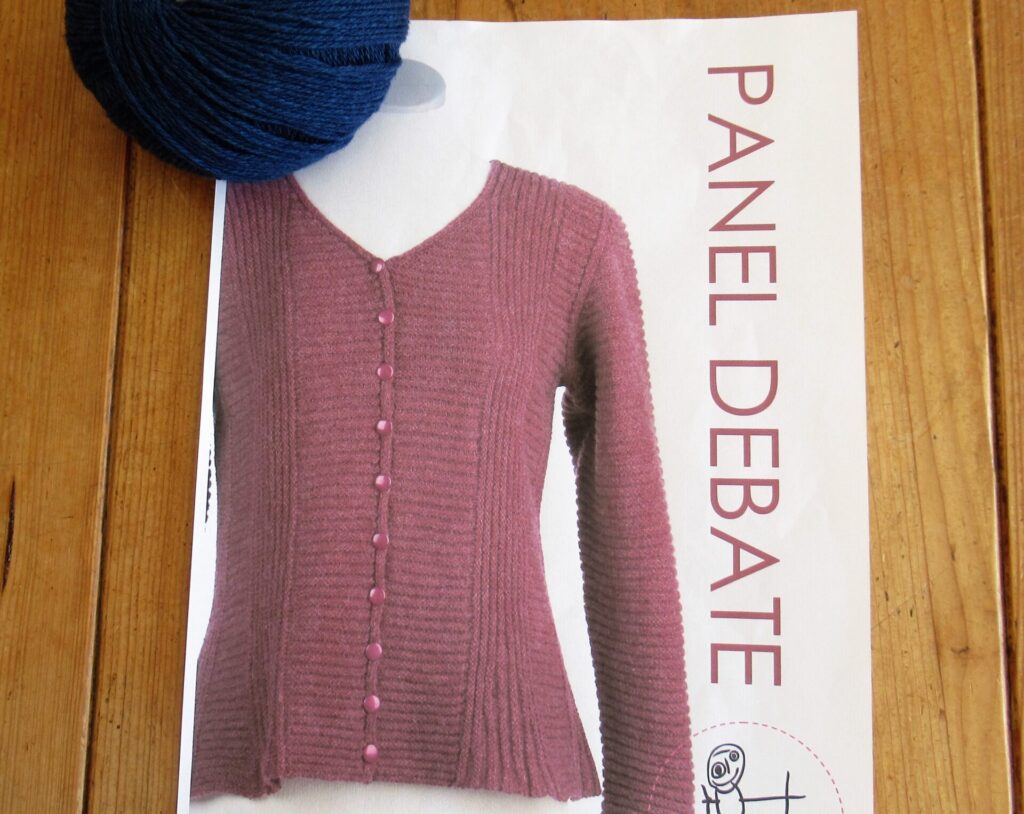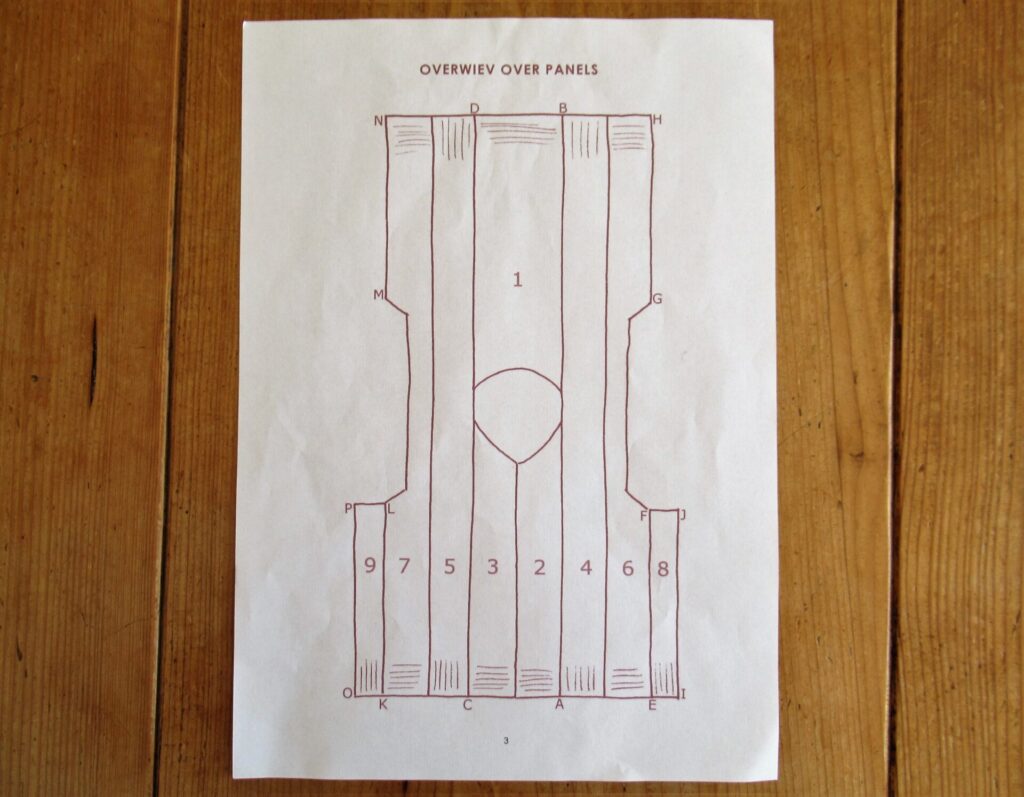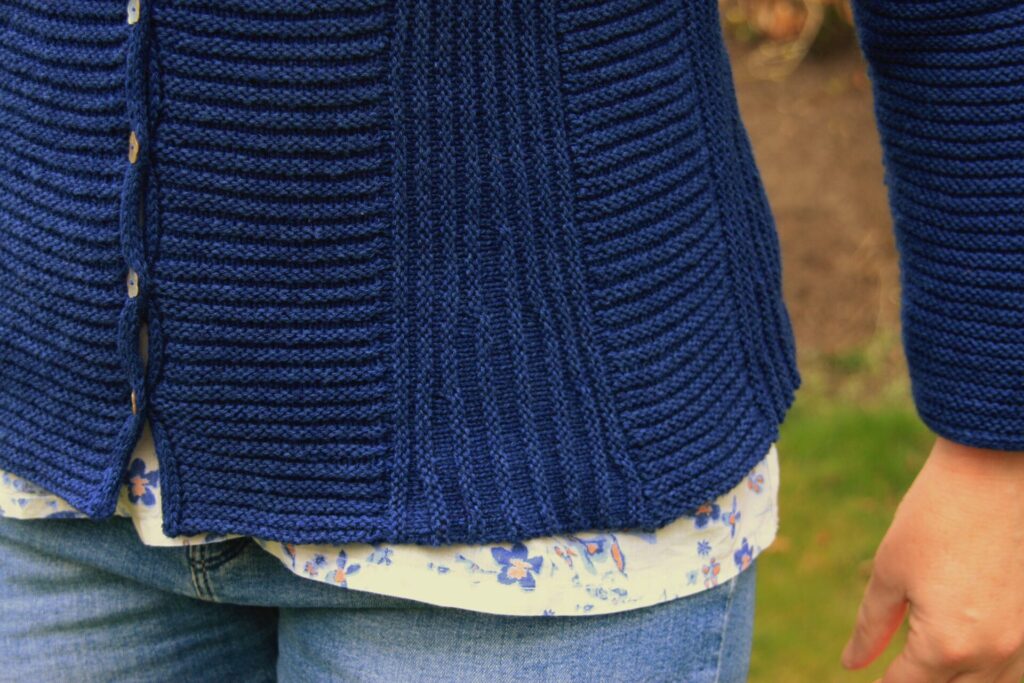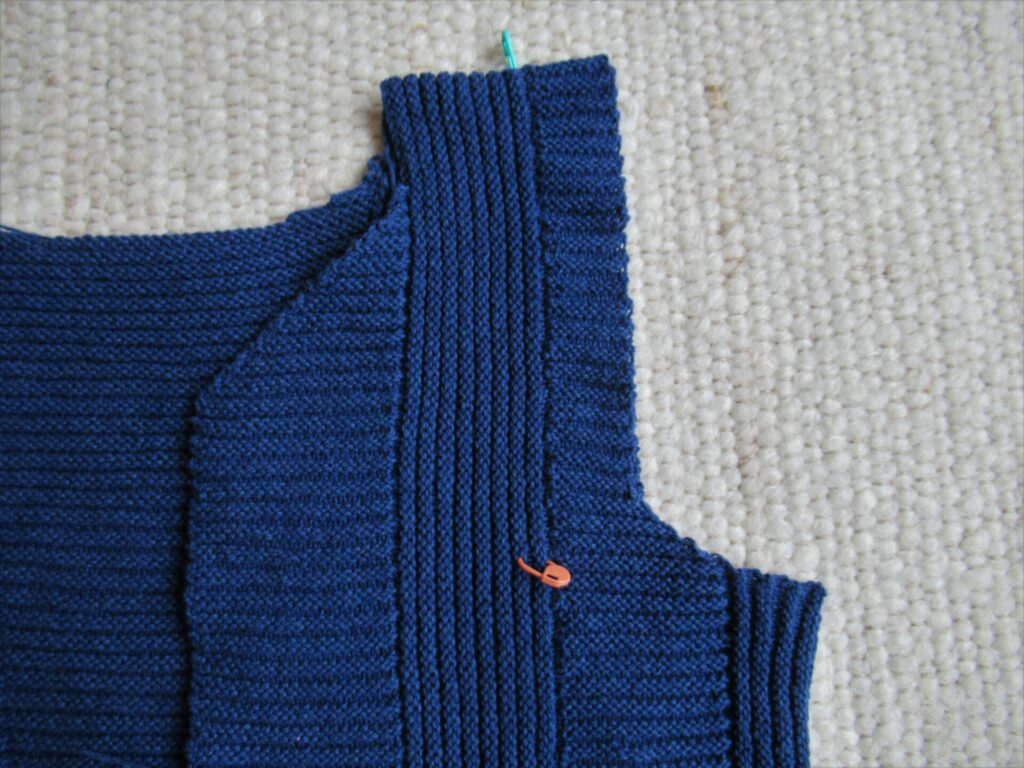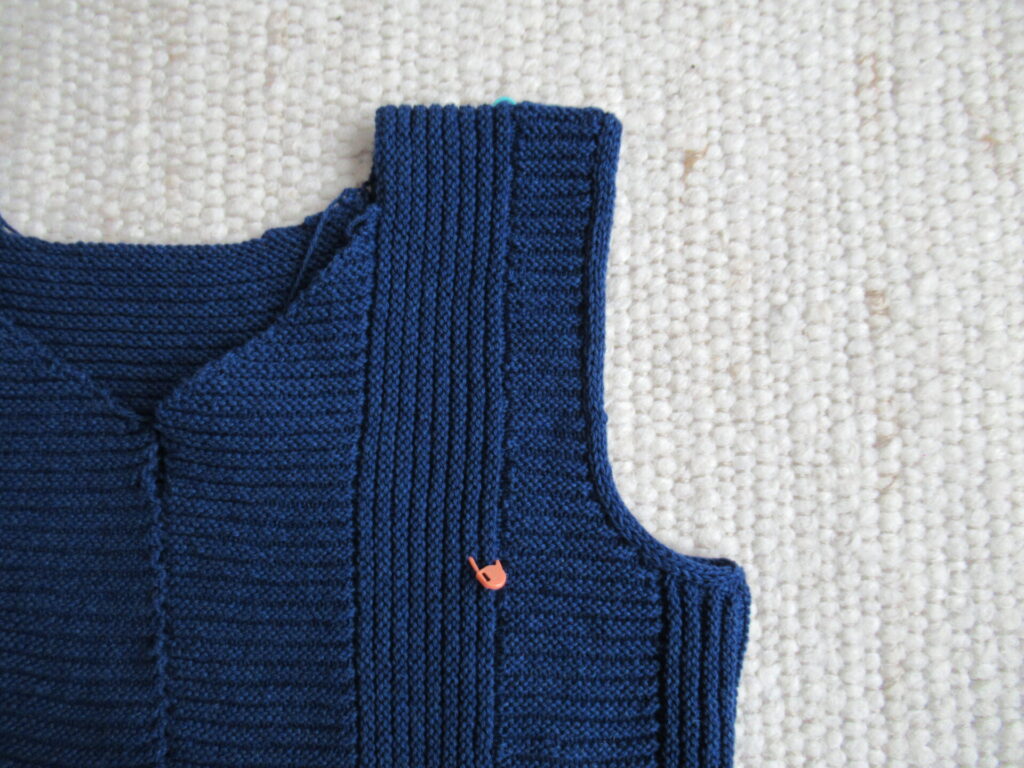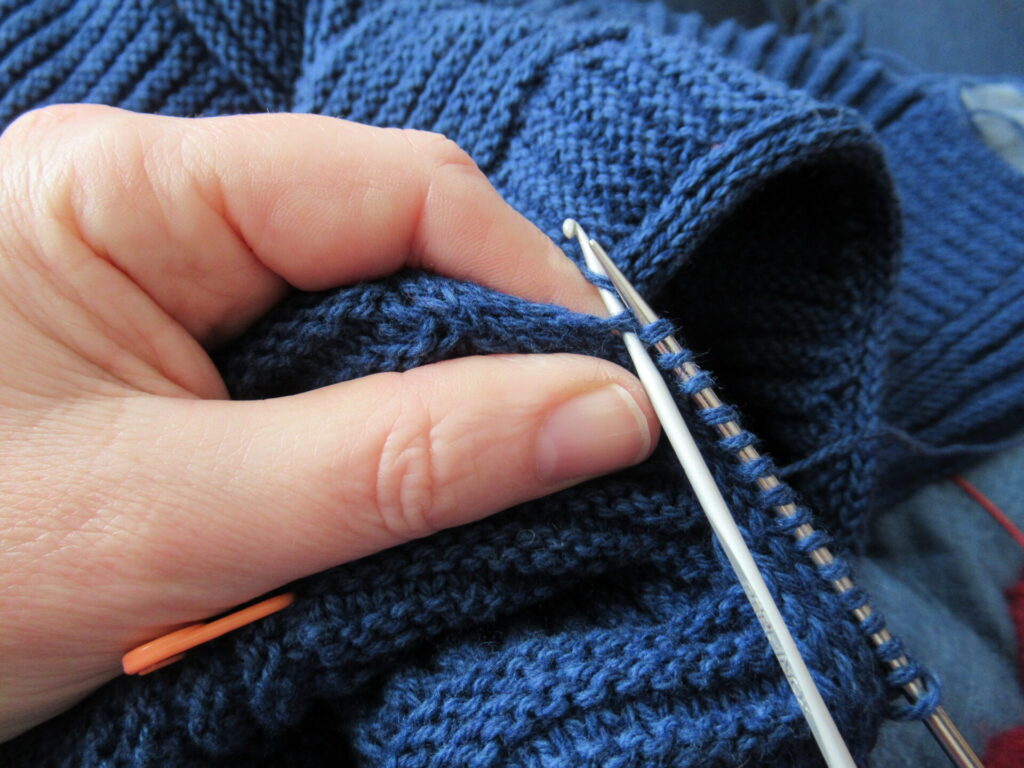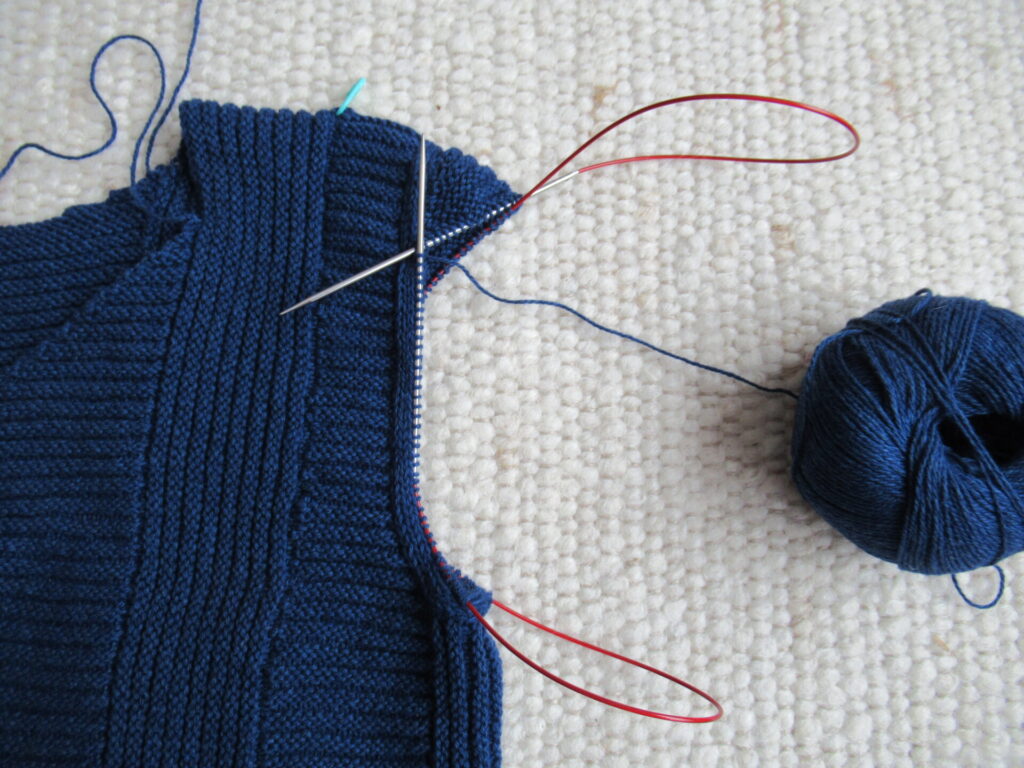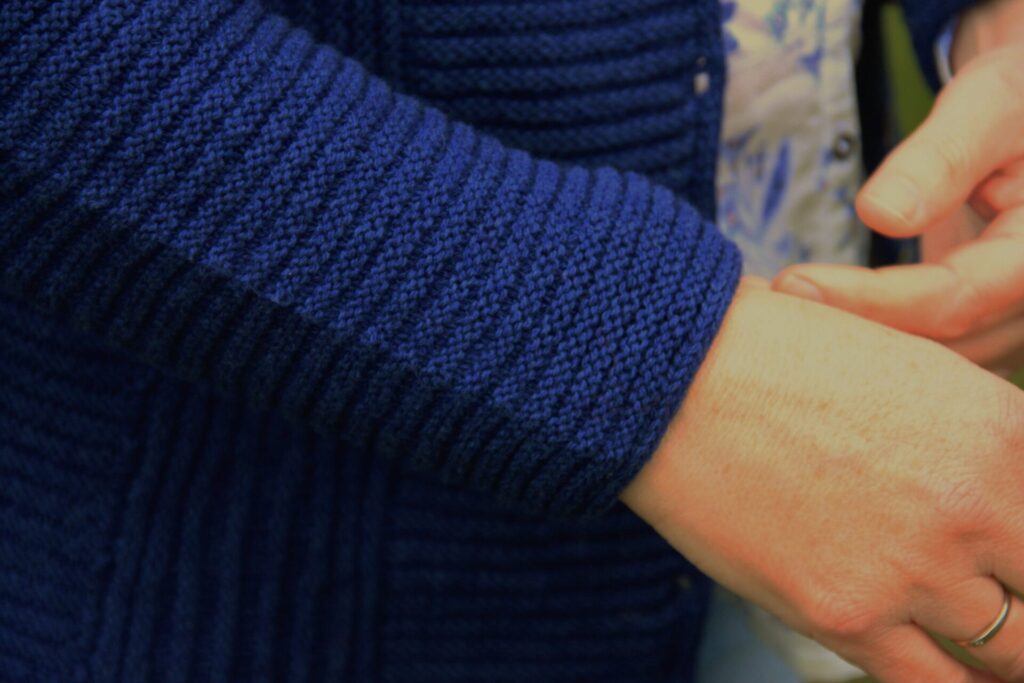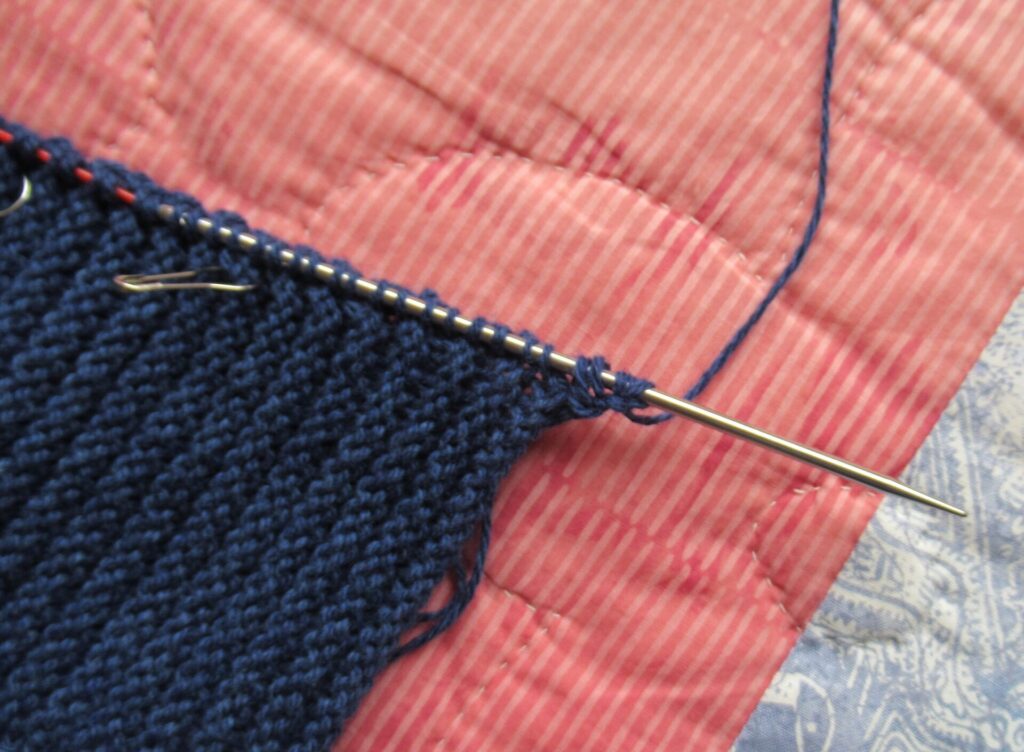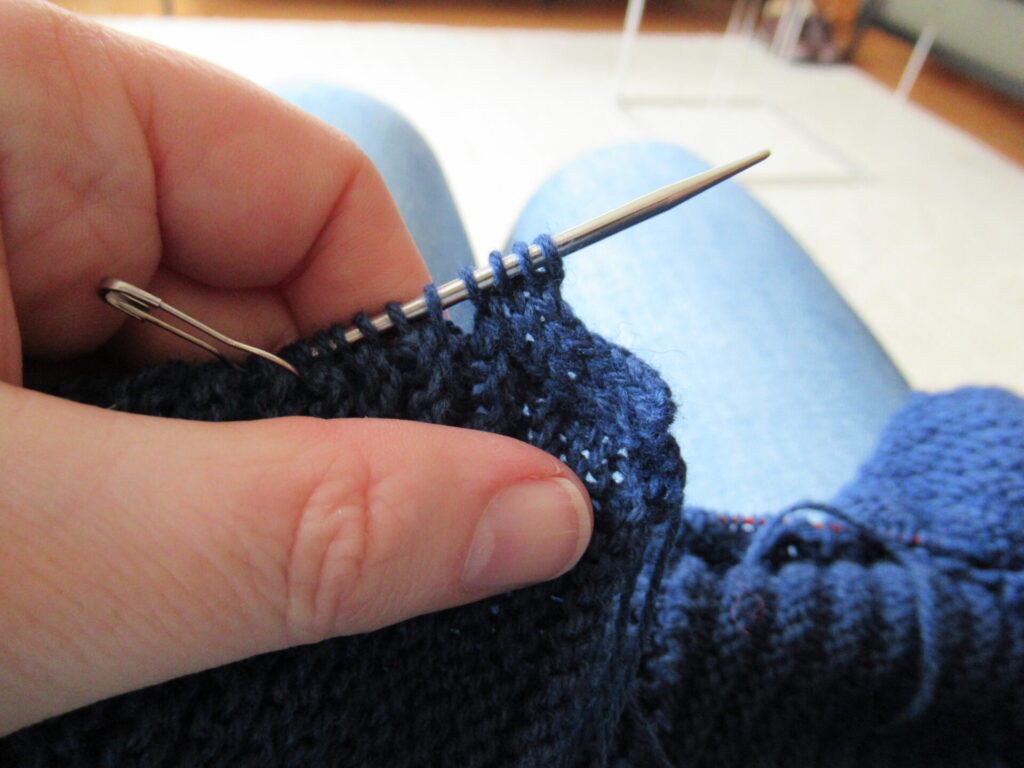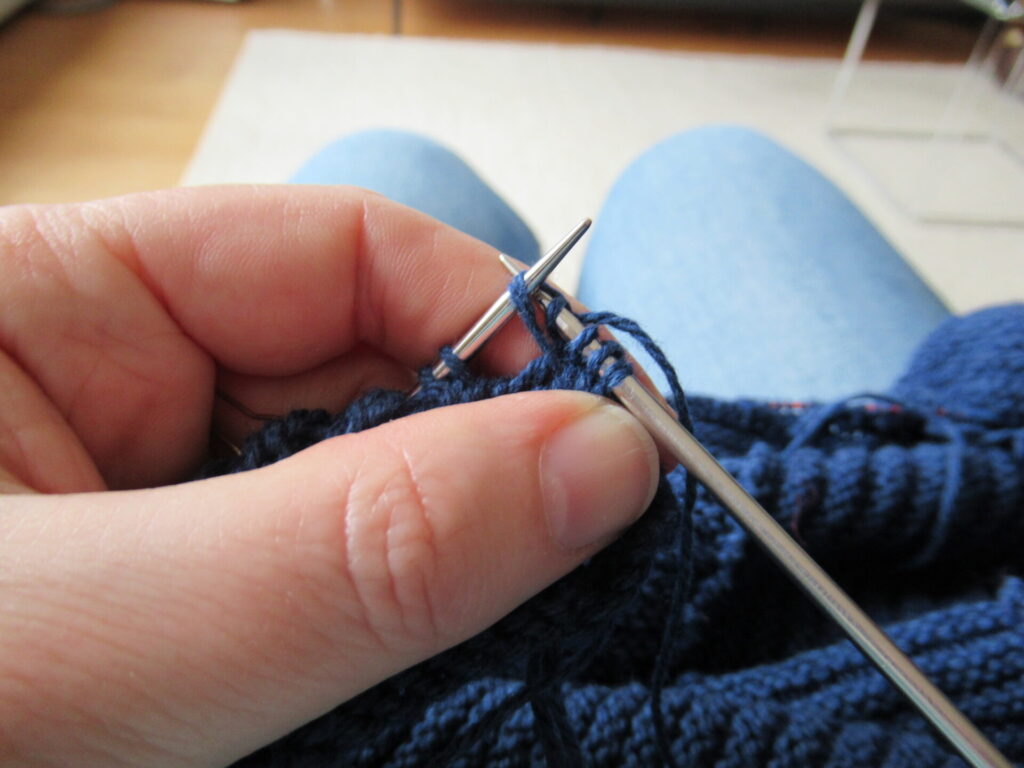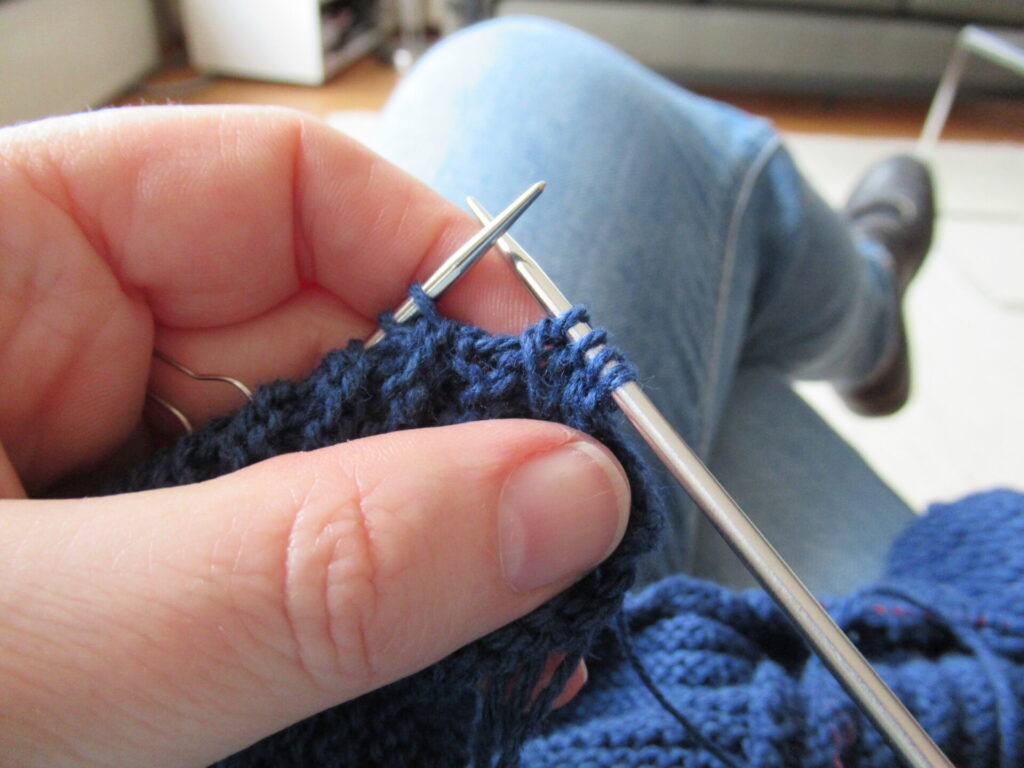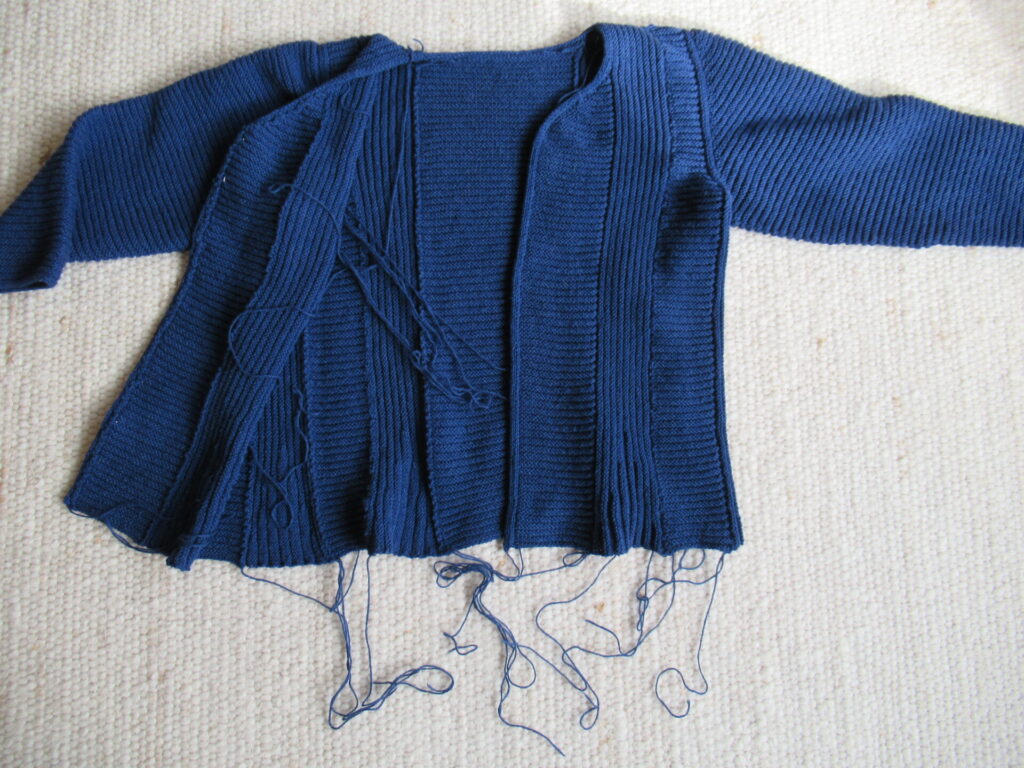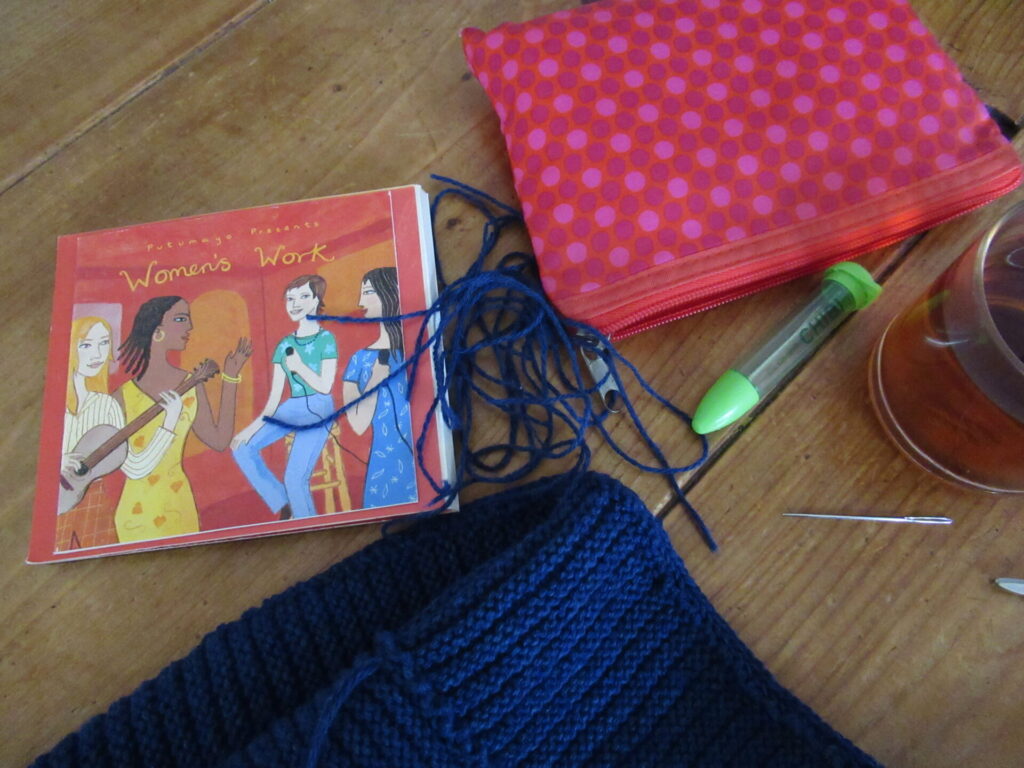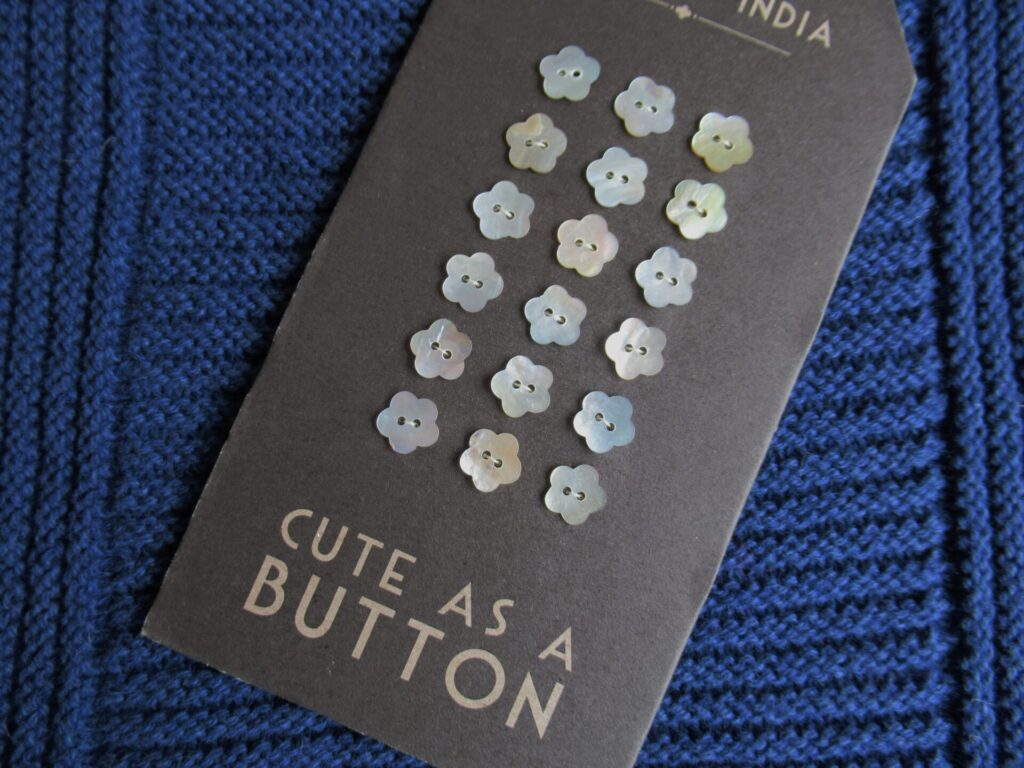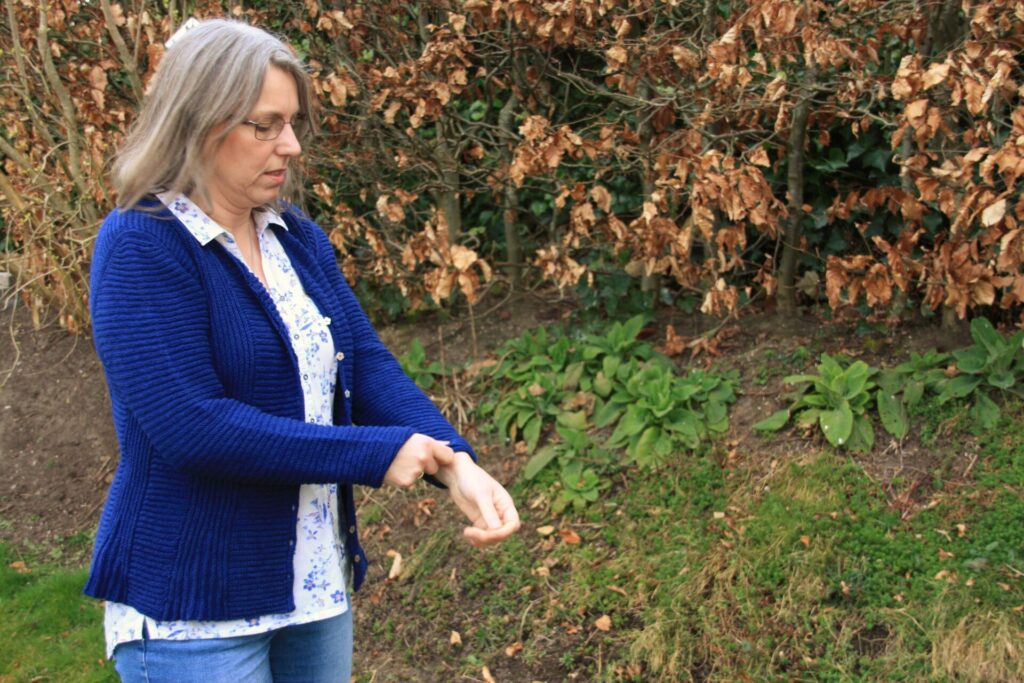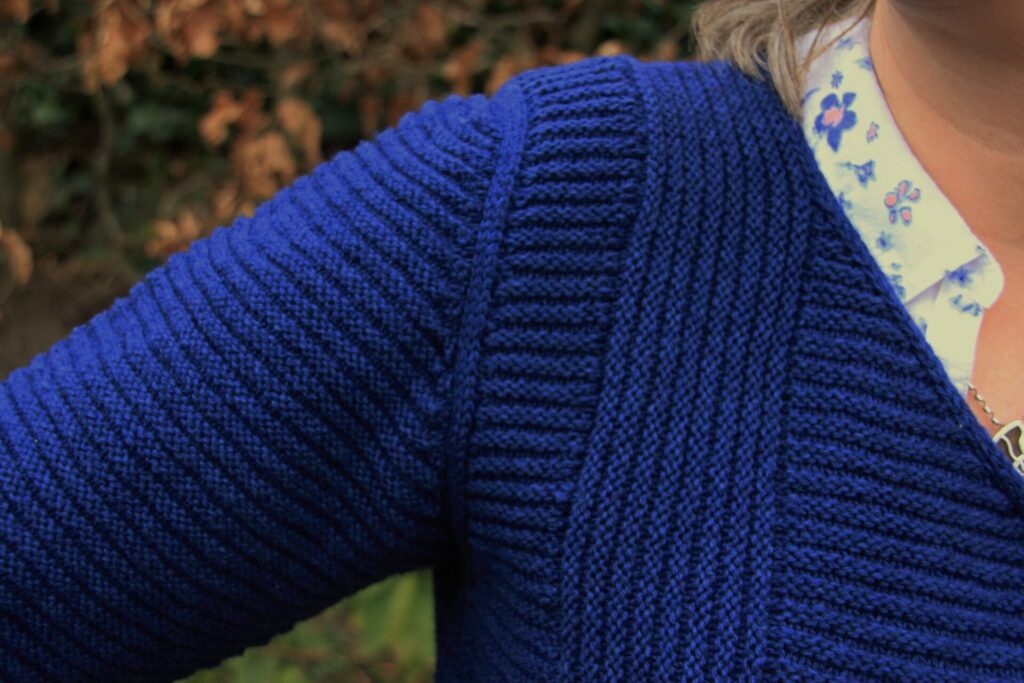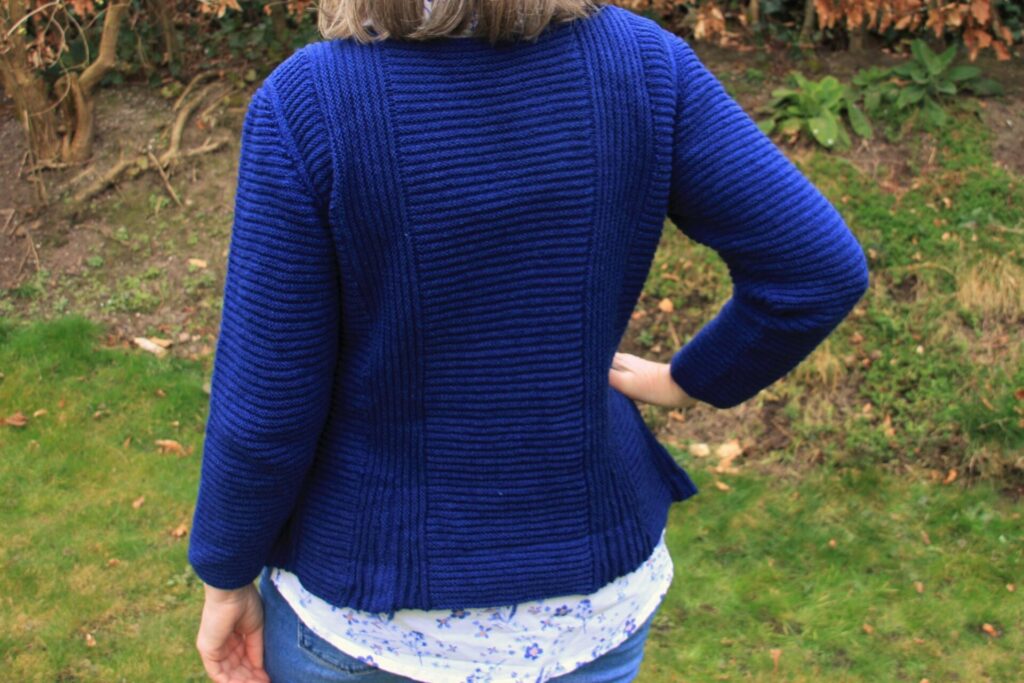I-cord
Festive I-Cord and Winter Tea
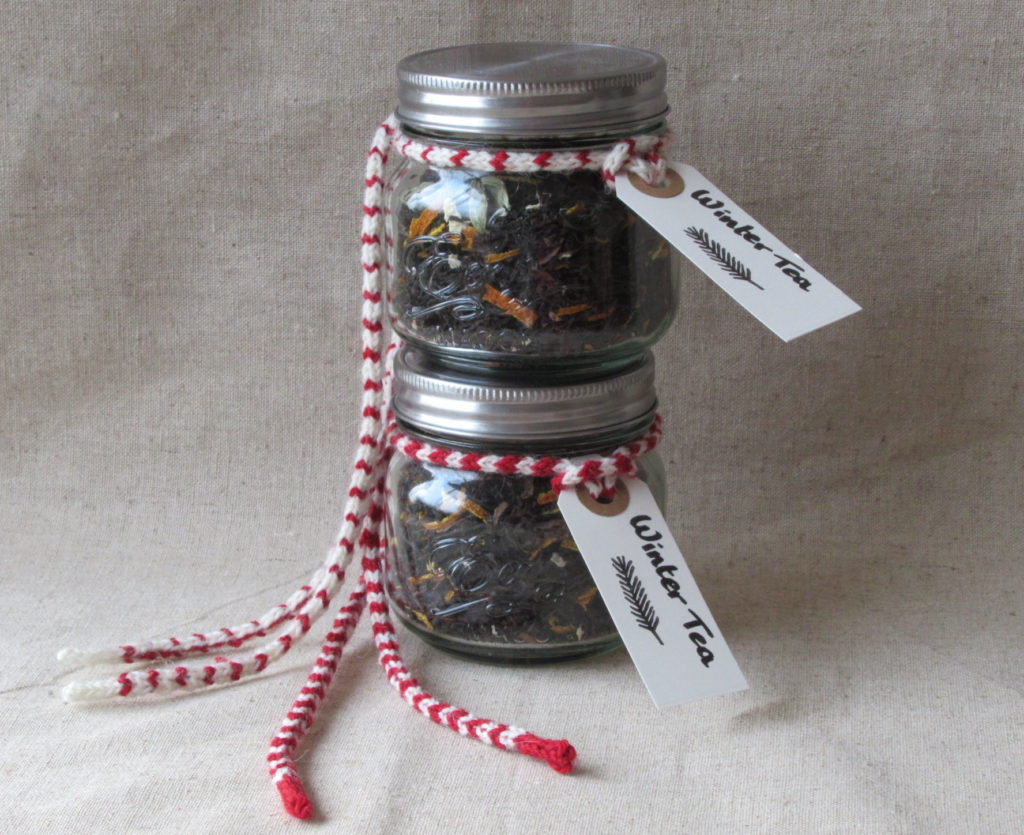
For us, Christmas is not about presents. Our big gift-giving moment is on December 5th, the feast of Saint Nicholas. For us, this time of the year is about celebrating togetherness, darkness and light, and good food. And for me, it is also a time to reflect, rest, read and knit.
Still, there is always someone who could do with a small present – a host, someone who has moved house, or ‘just’ a dear friend. For such occasions I have made some warming Winter Tea, with orange zest and spices. I’ve written the recipe down and included it further on in this blog post.
Making the tea is really nice, cutting and drying the zingy orange zest, crushing the spices, and mixing the fragrant blend. But what is even nicer, is knitting the cords to decorate the jars. It would be much quicker to use string, raffia or ribbon, of course. But knitting this cord is so much fun and brings a quirky, personal touch.
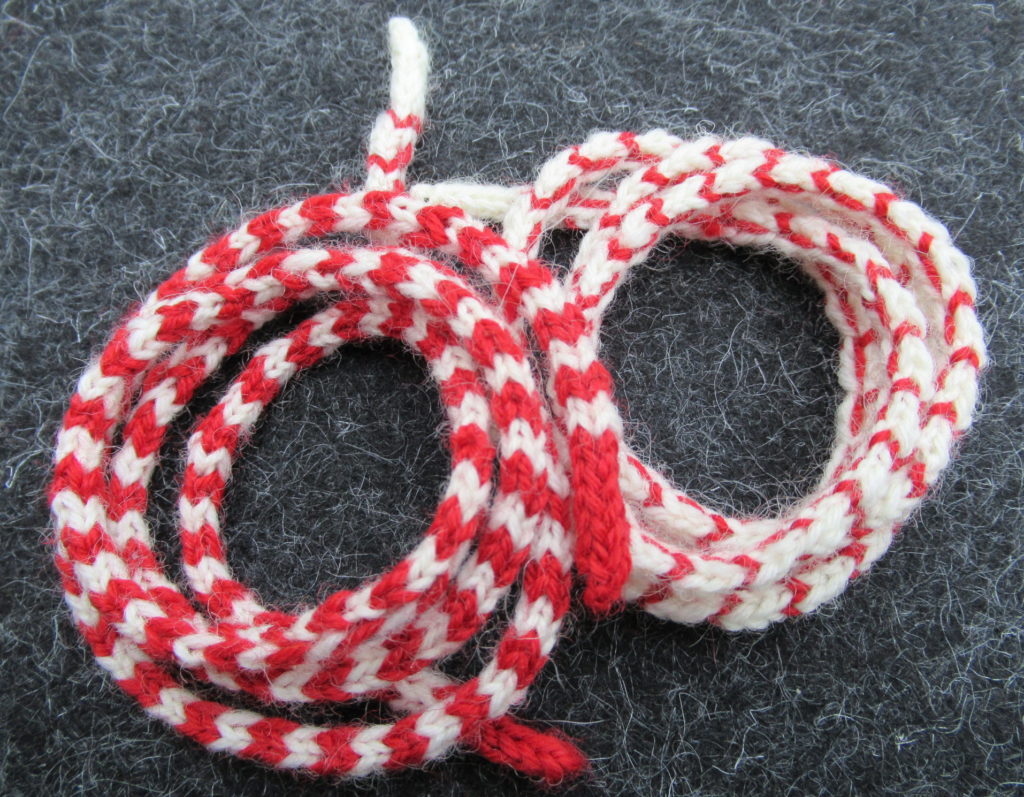
I-cord
This type of knitted cord is usually called I-cord. Why? Something to do with iPhones and iPads perhaps? No, as it turns out, the ‘I’ stands for ‘idiot’. This cord is so easy to knit that every idiot can make it. I-cord was made famous by the innovative knitting teacher Elizabeth Zimmermann, and can be used in many different ways – along the edges of knitted fabrics or separately, like I used it here.
For a cord like this you’ll need some scraps of fingering-weight (sock) yarn in two colours and two double-pointed knitting needles (I used 2.5 mm).
Knitting the I-cord:
- Cast on 1 stitch
- Knit into the front, the back and the front of the stitch (= 3 stitches)
- DO NOT TURN! Move the needle from your right to your left hand and slide the stitches to the right tip of the needle.
- Knit the 3 stitches, pulling the yarn firmly (but not too tight) at the first stitch.
Repeat steps 3 and 4 to the desired length. (I knit to about 70 cm/28 inches).
To cast off slip the first stitch, knit the next two stitches together, pass the slipped stitch over this stitch, cut the thread and pull it through the last stitch. Weave in ends.
For the cord on the left in the photo above I knit 2 rows red and 2 rows natural white. For the cord on the right I alternated 3 rows natural white with 1 row red.
And then I played some more with the yarn:
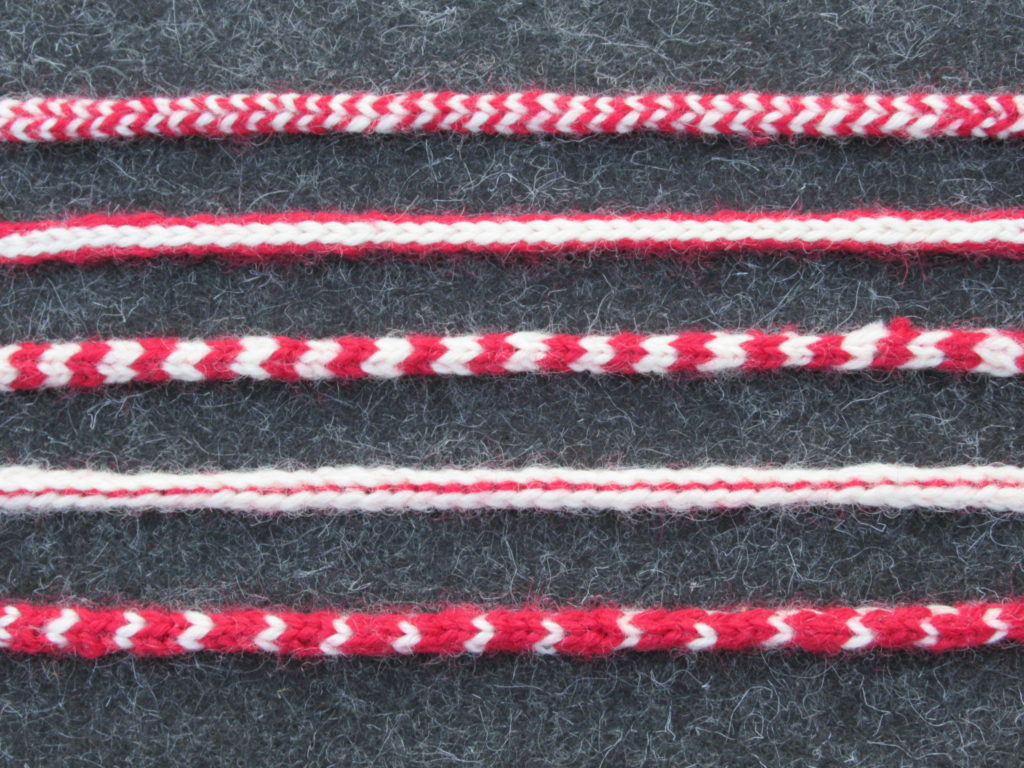
It’s amazing what you can do with just 3 stitches and 2 colours of yarn. The hardest thing about I-cord is keeping an even tension. Don’t worry too much about that, though. Nobody will notice. As you can see from the photo above, my tension is not all that even. But do you notice that looking at the I-cords on the jars? Not really.
Winter Tea Recipe
You’ll need:
- Dried zest of 1 orange (see below)
- 100 grs black tea (e.g. Ceylon)
- 8 cloves
- 1-2 cinnamon sticks (depending on size)
- 15 cardamom pods
- 10 black pepper corns
- 2 teaspoons dried ginger
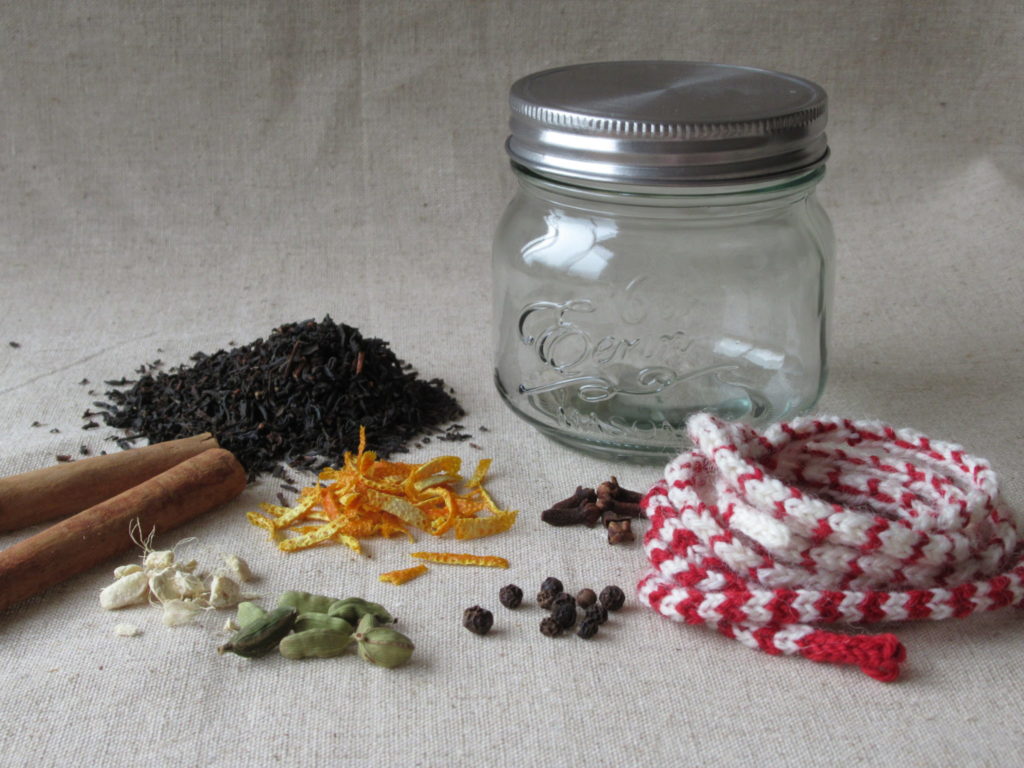
To dry the orange zest, preheat the oven to 100 °C / 210° F / 90 °C fan. Peel the orange thinly using a potato peeler. Cut the zest into tiny strips. Spread the strips of zest out on a baking tray and place in the oven for about 1 hour, until completely dried out and brittle. Leave to cool.
Break the cinnamon sticks into pieces. Crush the spices (not the orange zest!) using a pestle and mortar. Use some force, but not too much. The spices should still be recognizable and not pounded to a powder.
Mix the spices with the tea and the dried orange zest and fill into jars. (This quantity is enough to fill two 240 ml jars.)
Make a nice gift tag and fasten it with your I-cord.
The tea is even better served with a slice of fresh orange.
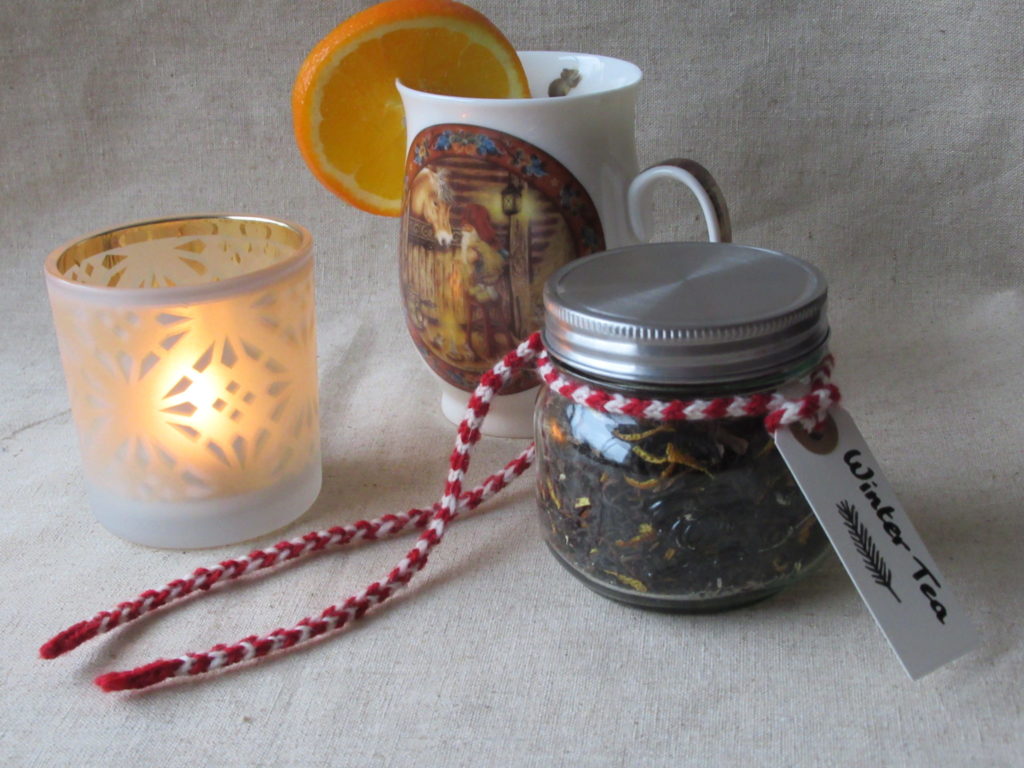
Last but not least
Remember to take some time to make yourself a cup of tea, sit down, sip and relax.
I wish you a very happy and peaceful holiday season and look forward to seeing you again (in real life or here) in the New Year!
